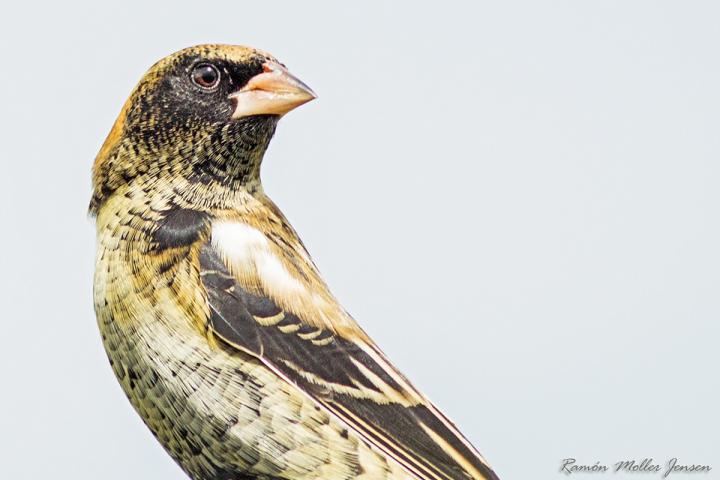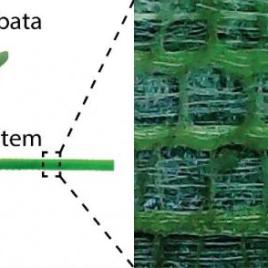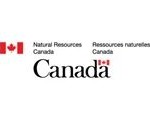
Bobolinks molt while in South America for the winter, and the new feathers they grow there reflect their diet.
(Image by R.M. Jensen)
You are what you eat; and in the case of a tiny migratory grassland bird, the Bobolink, their contain the secrets to what they eat. Information stored within the Bobolink’s plumage can also help with the efforts to protect the declining species. Researchers have found that carbon compounds from the elusive winter diet—what the Bobolink eats away from the summer breeding grounds—leave hints as to the types of plants the birds consume while growing their feathers during the winter molt. Study authors have collected and analyzed feather samples from different regions where the Bobolinks winter as well as the breeding regions. Their findings revealed potential dangers—such as low nutritional quality of certain foods and high pesticide concentration—that need to be addressed in the species’ conservation efforts.
Authors:
Rosalind B. Renfrew, Jason M. Hill, Daniel H. Kim, Christopher Romanek, and Noah G. Perlut
Corresponding author:
Rosalind Renfrew, Vermont Center for Ecostudies, Email: rrenfrew@vtecostudies.org
Original paper published in The Auk: Ornithological Advances on June 21, 2017.


